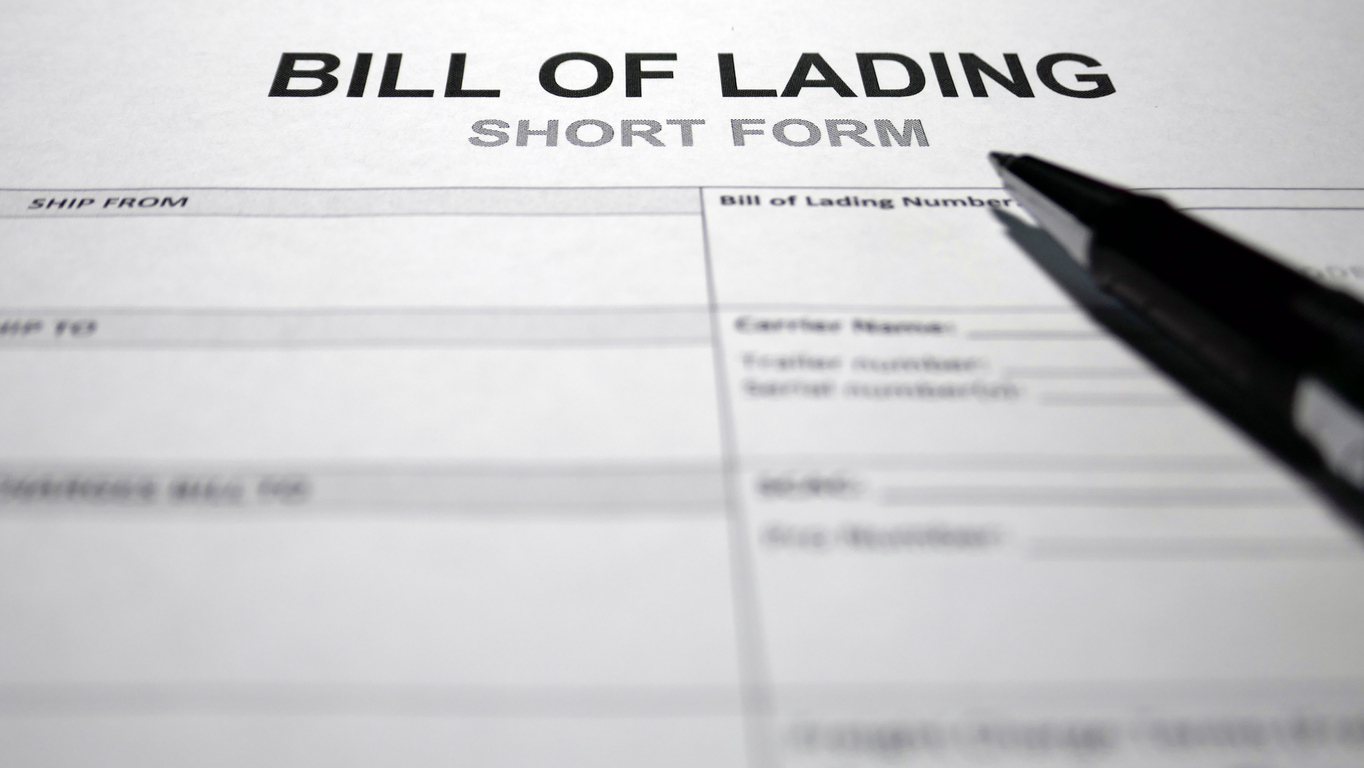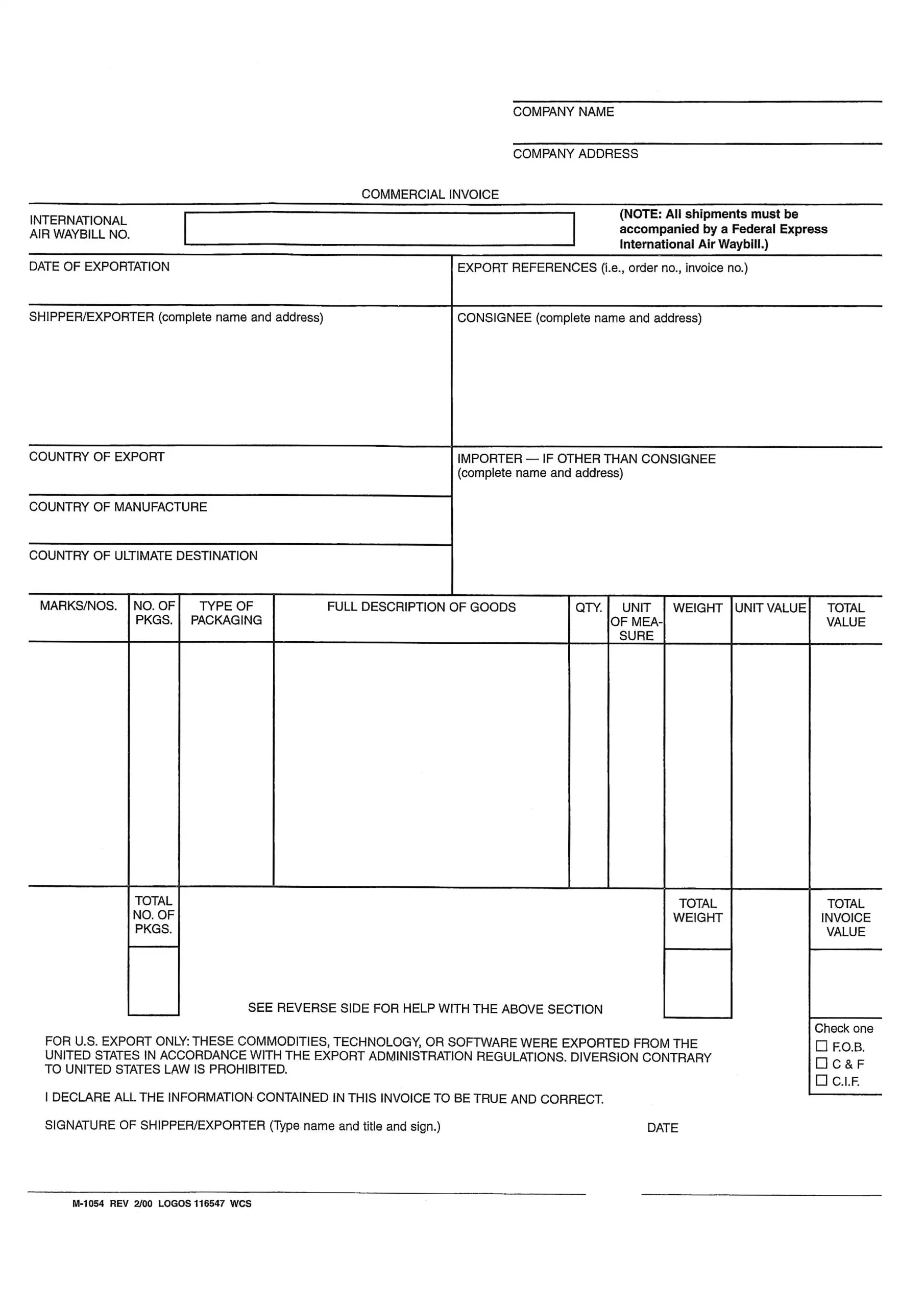Shipping documents in Sea Freight are a group of documents required for the import and export process of products as well as inventory at customs to ensure the quickest customs clearance. What documents are required for a sea freight shipment? To learn more about the types of shipping documents see the following article.
What are shipping documents?
Document is paperwork reflecting an economic event made in accordance with the form and procedures prescribed by law, serving as a basis for recording in the accounting books and initial information documents of management, the information in the voucher is expressed by measures such as in-kind, labor, and value.
Transport documents in transport are often used as bill of lading, sea waybill, and air waybill. In road freight, there is no shipping document, but instead using documents such as cargo receipt, FCR delivery document, etc. as cargo record without the value of ownership of the goods.

What documents are required for sea transportation?
What documents do ocean freight need? The main types of shipping documents include:
Documents with port & ship
In sea freight, the freight forwarder/receiver needs to pay attention to the documents to control the goods closely during the loading stage, specifically:
- Bill of lading: A document for transporting goods by sea issued by the carrier or his representative to the consignor after the goods have been loaded on board the vessel or after receiving the goods for loading. The bill of lading acts as proof of the transaction of goods, a proof of the contract of carriage.
- Cargo manifest: A list of goods arranged on board a ship for transport to other ports made by the agent at the port of loading. The manifest must be prepared immediately after loading the goods, it can also be prepared when preparing to sign the bill of lading, provided that it is completed before the procedures for the ship leave the port.
- First mate’s receipt: A statement provided to the consignor or owner of the goods by the mate in charge of shipping confirming the ship has received the goods.
- Tally Sheet: As an original document of the number of goods loaded on board, a copy of this form will be given to the first mate in charge of cargo for keeping, it is also necessary for claims of subsequent loss of goods.
- Loading chart: A drawing depicting the arrangement of goods on a ship, including different symbols to mark each different item, delivered to each different port.
- Loading Instruction of the Shipping Company: An instruction from the shipper to the shipping company and the port authority, to provide sufficient information about the goods to be sent to the port for loading on the ship according to the instructions.
Customs Documents in Sea Freight
A customs document is the first required when exporting or importing goods. It is essential, especially for cargo transported overseas. According to Customs regulations, documents that goods owners must present when goods move across countries, including:
- 1 original copy of the Ministry of Commerce export permission paperwork
- 1 copy of the foreign trade agreement: A written agreement on the acquisition and purchase of goods between a buyer and a seller in two separate nations is known as an international trade contract.
- 1 certificate of company registration and business code registration document: A business registration certificate is a record of the first date a company was registered, and it serves as the foundation for confirming that the company is operating legally. The national information system on business registration generates a string of digits known as a certificate of registration of enterprise code. Each company only has one distinct code that cannot be used by others
- 2 originals of the export customs declaration: Before goods are exported or imported across the country’s borders, the goods owner or the owner of the transportation must present the customs declaration.
- 2 Original Detailed Goods Declaration: This document provides detailed information on the items contained in the package to facilitate the process of inspecting the goods. When the shipment contains a variety of different commodities with various names, it also has the effect of complementing the invoice.
Other documents
In addition to documents for customs presentation and transactions with ports and ships, there are other types of documents on goods, insurance, payment, etc., specifically:

- Certificate of Origin: A document providing information about the place of manufacture of the goods, certified by a person of the competent authority of that country.
- Commercial invoice: A straightforward form of payment created by the seller that requires the buyer to pay the precise amount shown on the invoice. Commercial invoice clearly expressing the terms of the delivery facility, the unit price, the total value, and the details of the commodities.
- Packing slip: A declaration of all goods contained in a package (box). Packing slips are usually placed in packages or bags attached to the outside so that they can be easily found by the buyer.The goods packing slip contains the following information: the number and date of the invoice; the names and addresses of the seller and the buyer; the loading and unloading port; the name of the vessel; the trip number; and cargo details like amount, number of packages, weight, and volume.
- Quantity/weight certificate: A record that the exporter prepares and provides to the importer in order to specify the precise quantity and weight of delivered goods.
- Insurance document: The insurance document is the certification issued by the insurance agency to the import and export units to confirm that the goods have been insured.
What are the documents arising in the sea freight forwarding
Infinite shall evaluate imported goods upon receipt in order to promptly assist importers in making a claim for compensation by identifying shortages, losses, and damages. Some shipping documents, such as the following, may act as the basic legal foundation for resolving compensation:
- Minutes of declaration of surplus goods
- Minutes of receipt of goods with the ship
- Quality assessment record
- Minutes of broken goods
- Minutes of inspection number of weights
- Inspection record of the insurance company
- Letter of protest
- Complaining letter.


